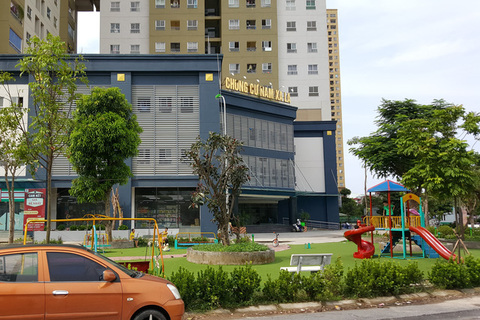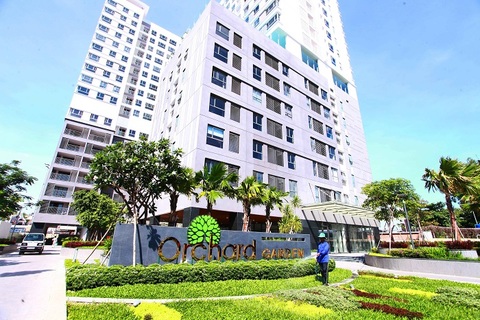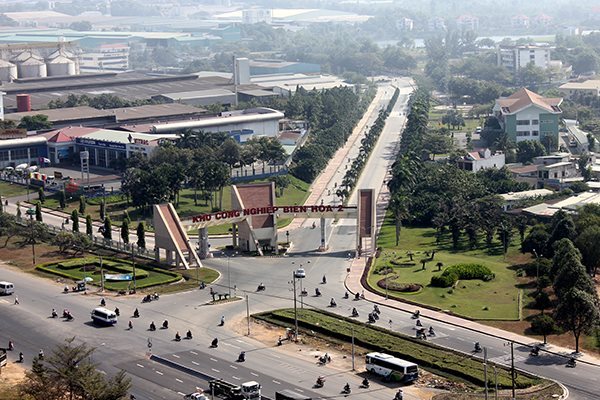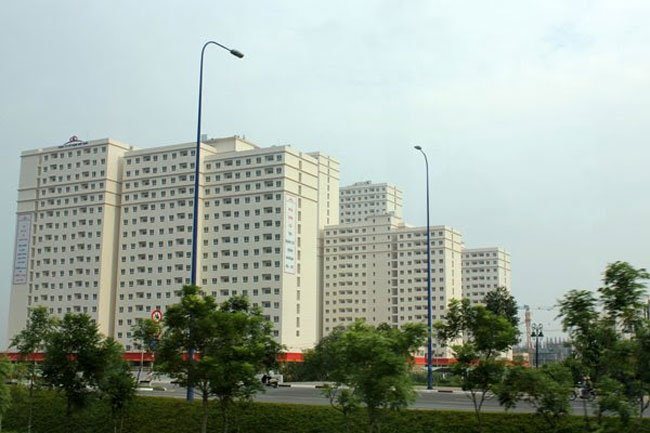Retail spaces should become co-working offices: JLL
Retail spaces should become co-working offices: JLL
Retail space rent is growing steadily in the centre but those underneath residential properties in outlying areas face long-term vacancy, said real estate services firm Jones Lang LaSalle (JLL) on Friday.

JLL’s Viet Nam Property Market Brief 2Q19 pointed out total retail supply in HCM City and Ha Noi is more than two million square metre, with occupancy rates of 90 per cent and 88 per cent, respectively.
According to the firm, Viet Nam has stable economic growth and steady income per capita, increasing 12 per cent every year over the past 10 years, which gives the retail sector great potential for growth.
However, commercial space in outlying areas experienced long-term vacancies due to developer’s lack of knowledge on retail. In some cases, the retail spaces are too big for a single retail company, supermarket or a showroom to fill the entire area.
Bui Huyen Trang, Head of Market, JLL Viet Nam commented: “There are possible solutions to the current situation, however, investors should not be eager to expect high rents, but focus on providing utilities for residents.”
JLL’s marketing expert suggests changing the purpose of the commercial area into other types of spaces to serve the needs of residents or surrounding areas. Trang suggested developers could turn the retail space into co-working office space, product displays, fitness, or last-mile delivery storage thanks to strong growth of e-commerce and technology companies.
Agreeing with the idea, Nguyen Manh Cuong, who is running a start-up on beauty products tells Viet Nam News: "I am ready to move to the outskirts of Ha Noi to have a lower rent for my office. It is difficult to afford the office in the centre for such a beginner like me."
Cuong, 27, thinks a space in a residential area would be "perfect" for him to attract new customers too.
Trang said the demand from growing start-ups offers a range of potential solutions for the empty retail spaces in outlying districts.
Trang concluded: “We anticipate that this will be one of the key trends over the next ten years; retail spaces throughout the city will need to re-position themselves to remain attractive in this fast-moving and dynamic sector. Failure to adapt and remain present will undoubtedly lead to high vacancy levels.”



















